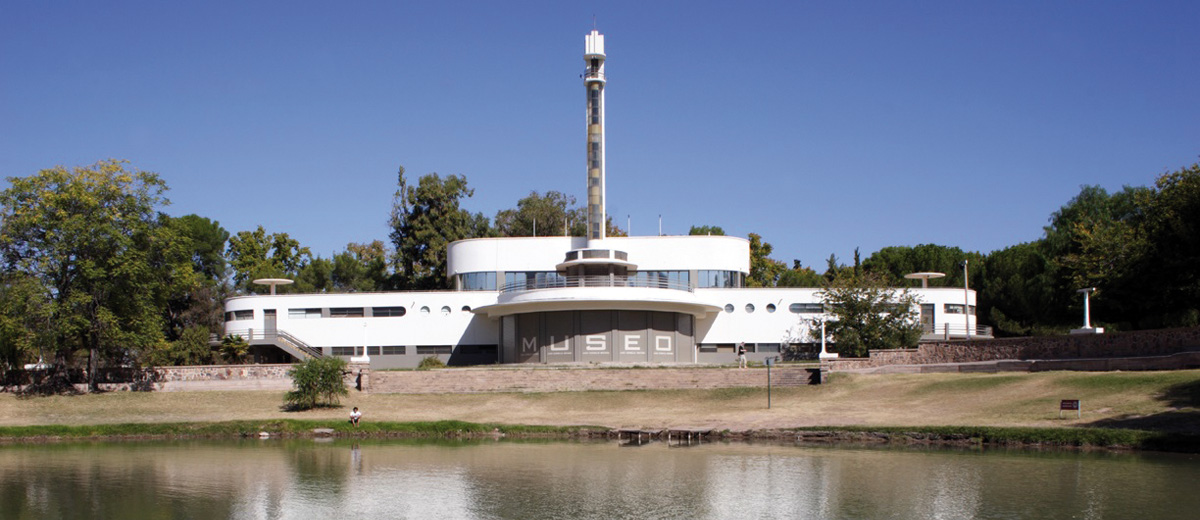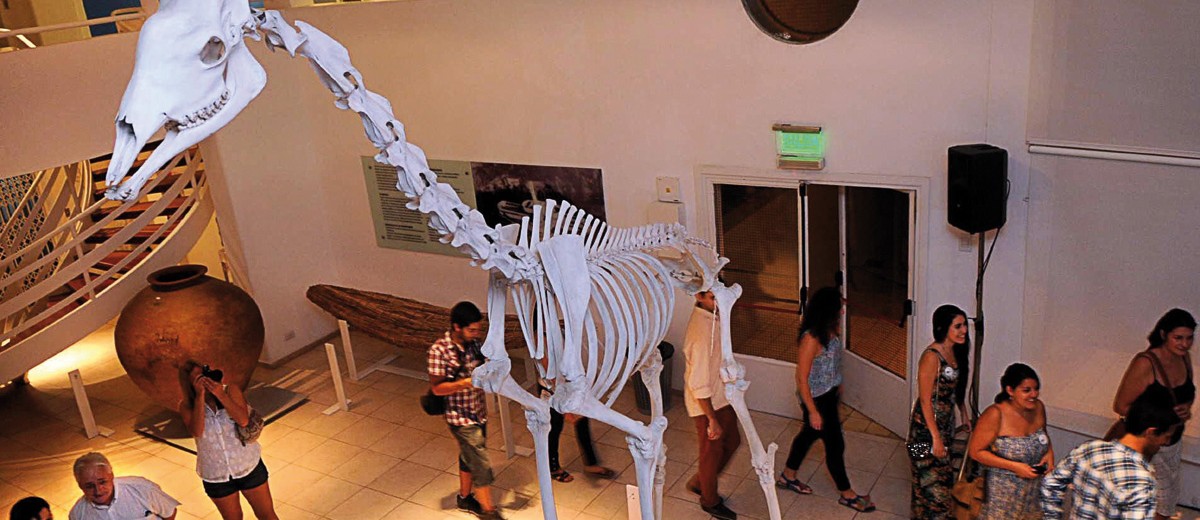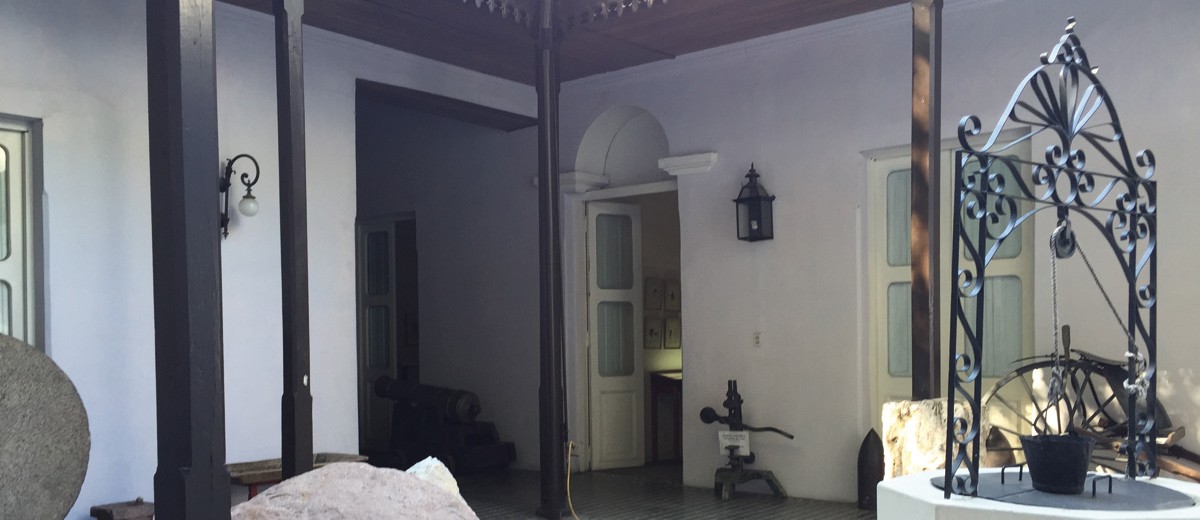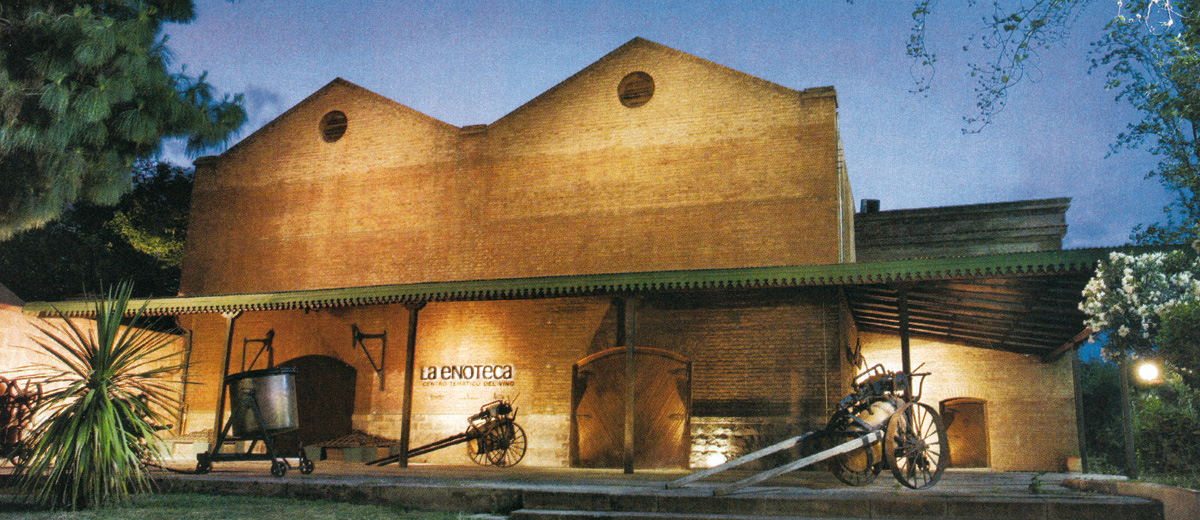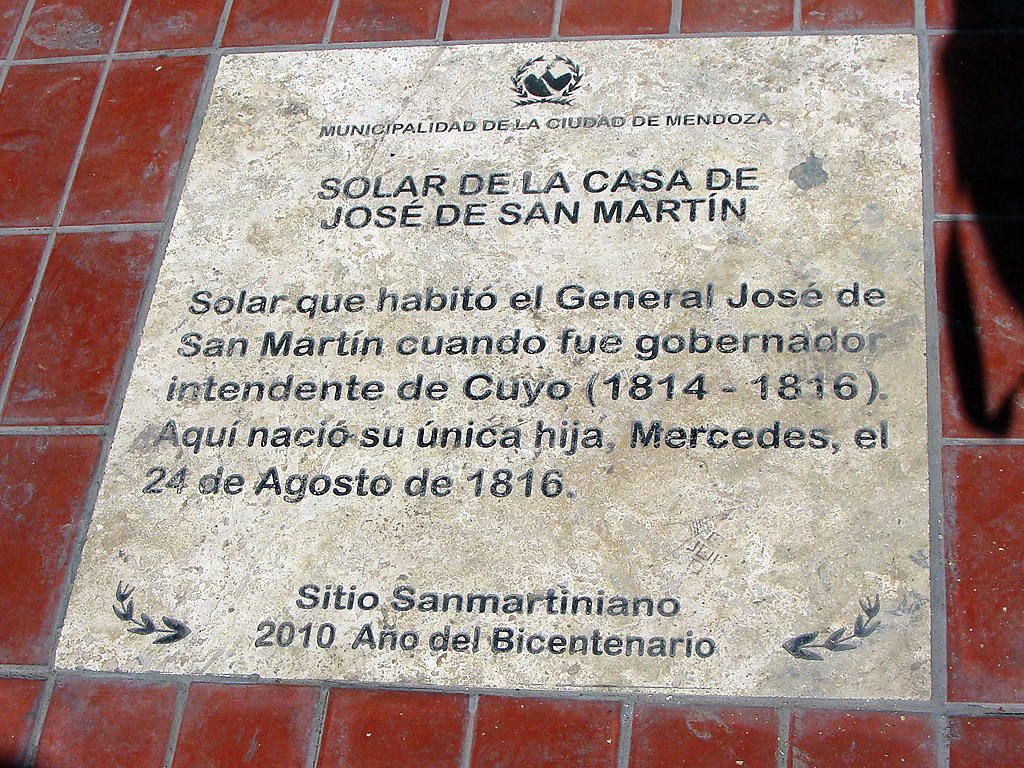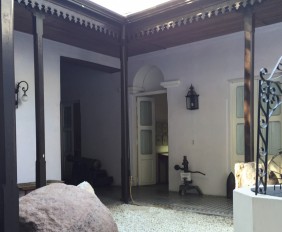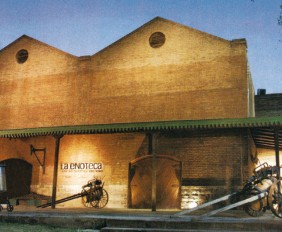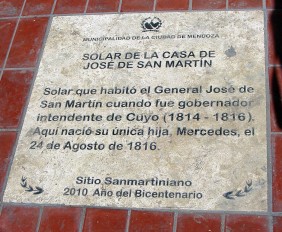MUSEO DEL ÁREA FUNDACIONAL (HISTORICAL REGIONAL FOUNDATION MUSEUM)
archaeological site museum unique in its kind in the city. Its main purpose is to protect and exhibit the archaeological remains found on the site which belong to our heritage. The excavations recover the remains of the foundation, walls and ceramic tiles of the Cabildo (Colonial Town Hall), which disappeared as a consequence of the devastating 1861 earthquake which destroyed the colonial city. Later, the public slaughterhouse and after that the town fair (1930) operated on this site. The exhibition rooms permanently show, through different didactic methods, the stages of Mendoza’s territorial settlements and the growth of the city.
MUSEO DEL PASADO CUYANO MUSEUM OF THE PAST OF CUYO
This house belonged to former Governor Francisco Civit, who resided there around 1873. In 1961, it was donated to the Board of Historical Studies This museum displays a collection of weapons used in independence times.. It was declared a National Historical Monument in 1971. The museum also includes the largest Mendocinean History library and a newspapers library, where copies of the Mendocinean printed press published since 1820 may be found. (Free entrance) 8544 Montevideo St.)
MUSEO HISTORICO GENERAL SAN MARTIN
Located in Alameda historical site, where General San Martin once resided. Documents that belonged to the General and his wife are preserved there. In addition to that, there are weapons and uniforms used by the Liberation Army, during the Desert Military Campaign and Malvinas Islands War. San Martin Public Library is also to be highlighted. It was created in 1822 and its foundation was related to “The Father of Our Nation”, who donated 700 books, and the influence of the Illustration spirit.
MODERN ART MUNICIPAL MUSEUM
The museum was buried deep in the heart of central square of the city, key place for the main artistic and cultural activities. Its permanent hall exhibits art works by local artists since till now and includes paintings, pottery, drawings and sculptures, among others things. The hall for temporary exhibitions is directed to individual or group exhibitions and to holding cultural events. The Engraving gallery has an exhibition about the diverse techniques selected from the artistic heritage and ending with the collection ‘History of Xylography’. The museum also offers, among many possibilities, the Ricardo Tudela library, the multiple uses hall and the video hall.
MUSEO POPULAR CALLEJERO (8) (Street Museum)
It consists of dioramas of miniature figures that make up a single retrospective exhibition of old times elements such as carts, trams and horses; the railway, Palmeras Boulevard or Centenario Movie Theater. (southern sidewalk, Las Heras Ave. between 25 de Mayo and Peru St.)
“JUAN CORNELIO MOYANO” NATURAL SCIENCE AND ANTHROPOLOGY MUSEUM
Address: Carlos Thays and Las Tipas Av. – Gen. San Martin Park
It is one of the most important museums in the region. It is located in the building of the old resort ‘Playas Serranas’ in front of the lake. More than 40 thousand specimens are exhibited in different sections: mineralogy, palaeontology, anthropology, ethnology, archaeology and zoology. It has a library and a newspaper and periodicals library.
CASA MUSEO MOLINA PICO
This house, where the colonial style mixes with Creole tradition, was built in 1783. It is one of the few buildings that survived the 1861 earthquake. After being restored, it was turned into a museum. (747 Paroissien, Pedro Molina, Guaymallen).
ENOTECA DE LAS ARTES
It was once the National Viticulture and Wine-making school and an experimental winery. Nancy (France) oak barrels remind us of those times. Since 1995 it is used as Centro de Congresos (Conferences Center) temporary exhibitions room. In the first basement, there is a permanent exhibition of top wines.
Esta entrada también está disponible en: Spanish Portuguese (Brazil)




